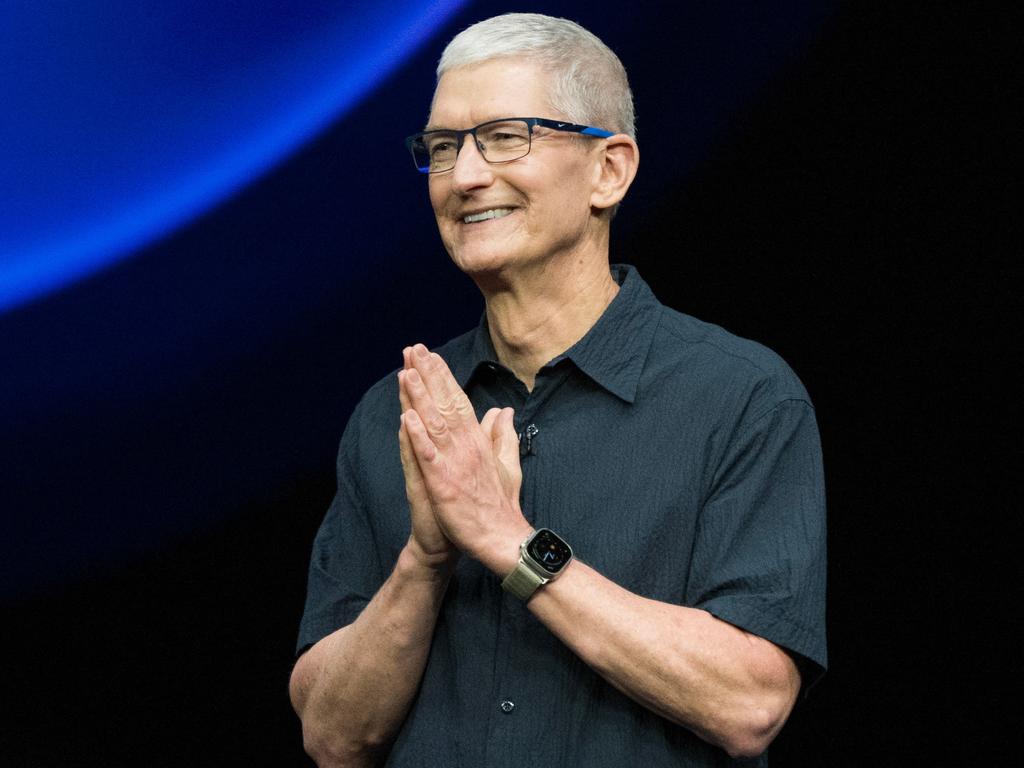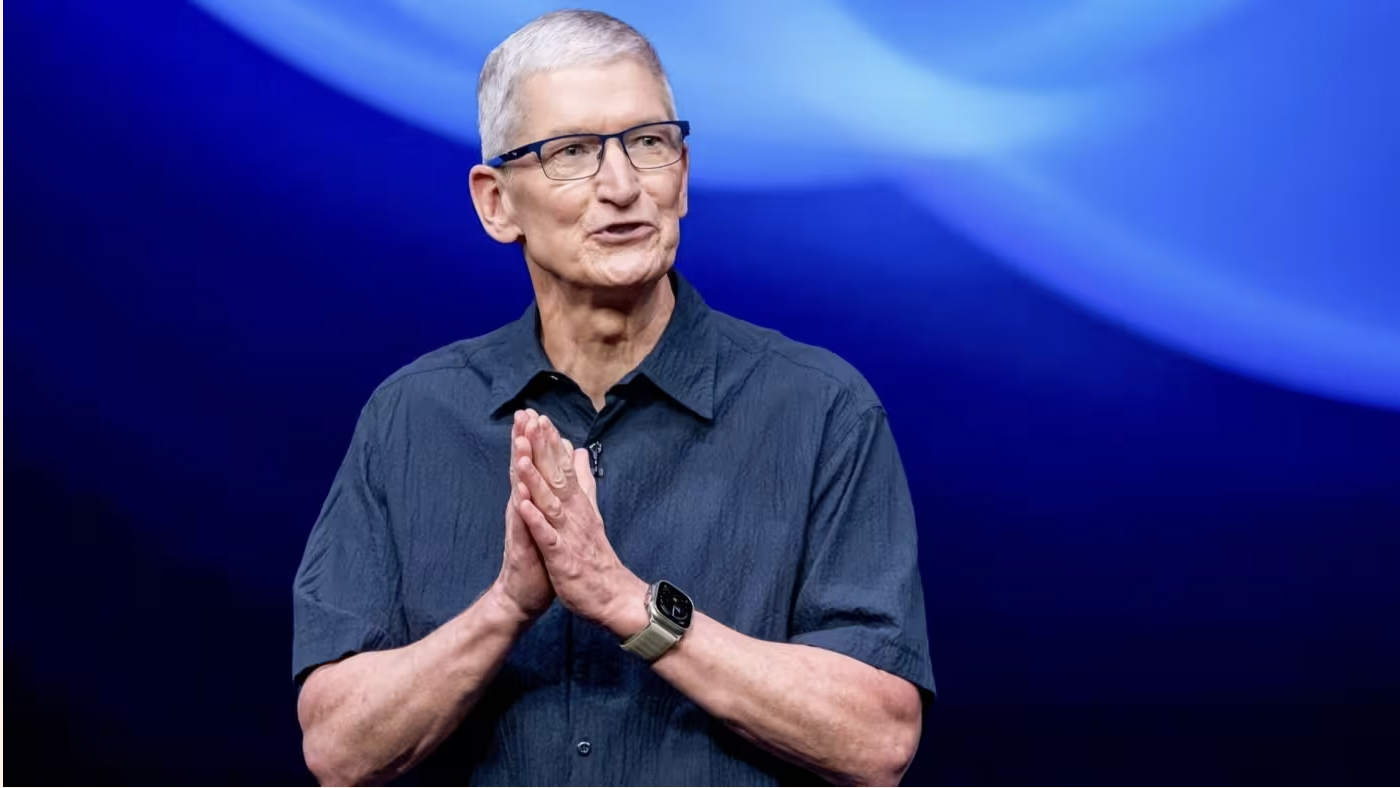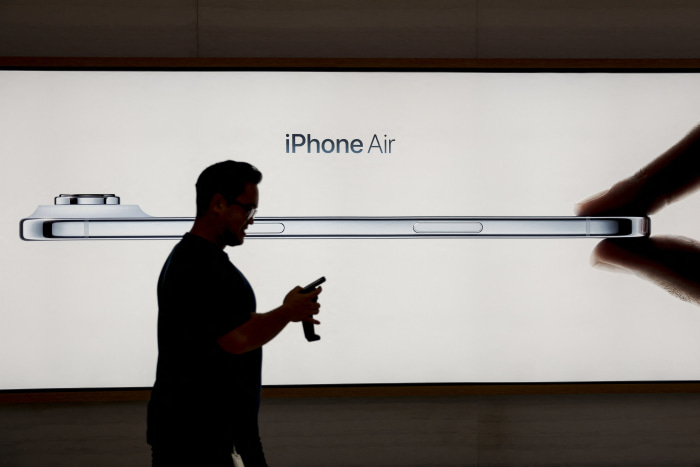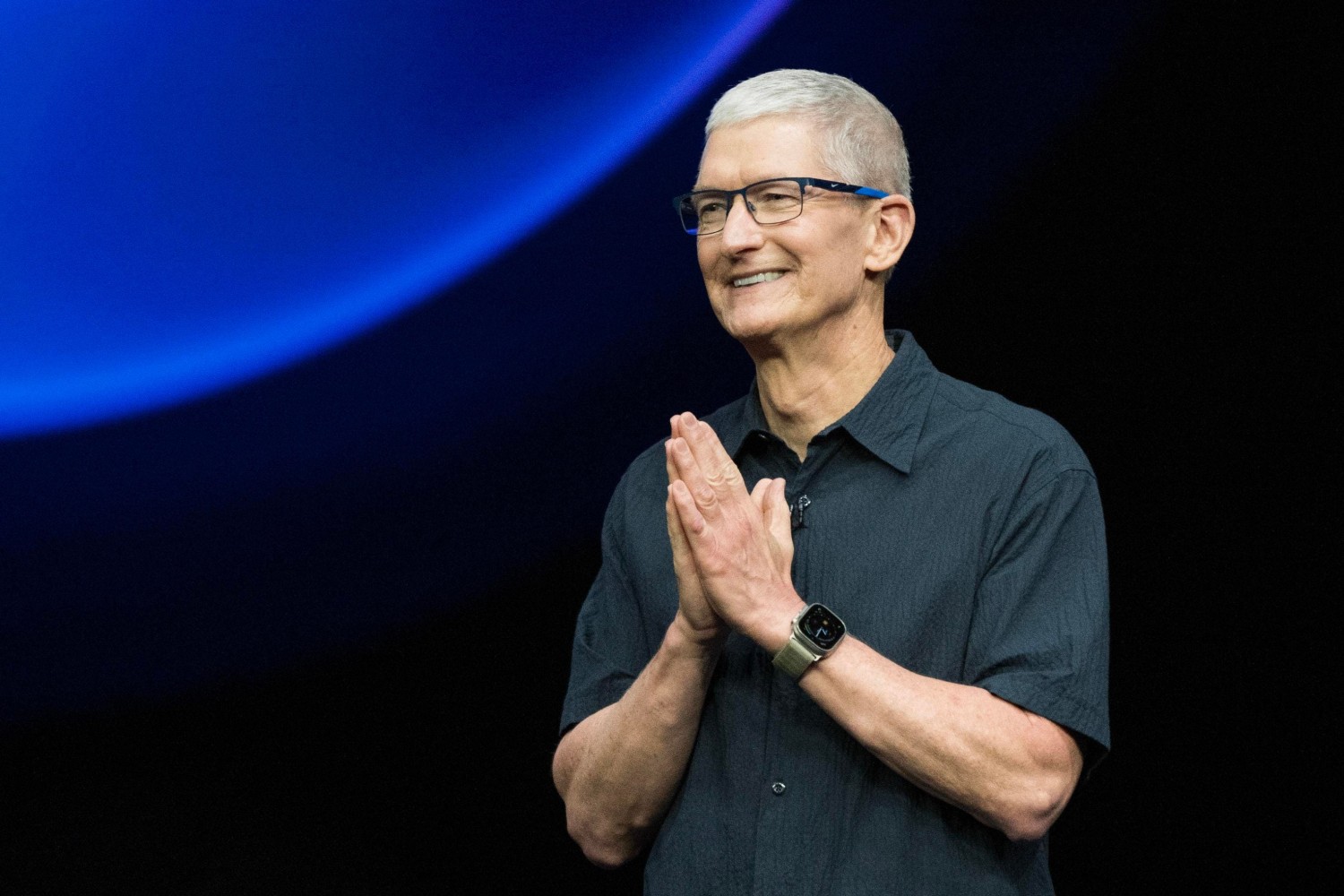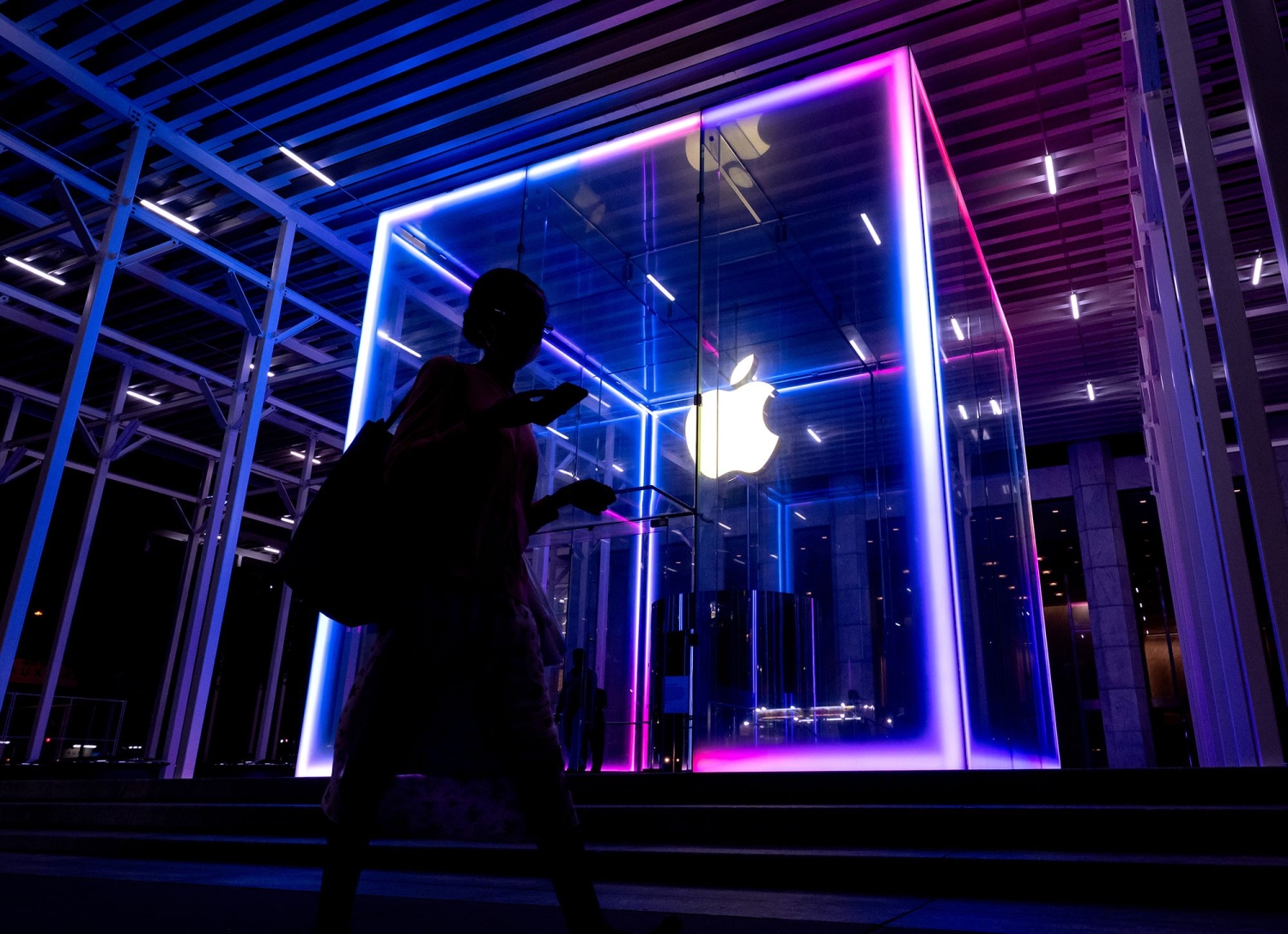
This article is more than
7 year oldThere's a good working theory about why Apple discontinued the iPhone X, the best phone it's ever made, only a year after announcing it

- That may be because the new iPhone XS has the same starting price, meaning Apple would have to offer the iPhone X at a discount.
- There's a good working theory that the iPhone X was an experimental phone that cost a lot to produce, and that Apple chose not to make it available at a discounted price to avoid cannibalizing sales of the XS.
- The two phones are almost identical in design and features, with the XS being a refinement of last year's phone.
When Apple released the iPhone X last year, it was widely considered the best smartphone the company had ever made, marking a major step forward with features like Face ID and a high-end camera to rival the Huawei P20 Pro and the Google Pixel 2.
But one year later, Apple is discontinuing the phone that marked the iPhone's 10th anniversary and heralded a change in how it names its devices.
Try searching for the iPhone X on Apple's website, and you're redirected to a landing page showing off the 2018 range of the iPhone XS Max, the iPhone XS, and the iPhone XR. There's no longer anything showing the iPhone X.
It's pretty unusual for Apple to discontinue phones this way. Its normal route is to dock the price of previous year's models by $100 and continue selling them, which is what it did for the iPhone 8 and iPhone 7 this year. The last time it discontinued an iPhone model a year after announcing it was the iPhone 5, released in 2012 and canned in 2013.
So why bother discontinuing the iPhone X, its most significant phone upgrade in years?
Apple hasn't publicly said why, though CEO Tim Cook may explain the firm's thinking in a future earnings call.
One compelling theory is its price.
The starting price of the new iPhone XS, the successor to the iPhone X, is the same as the iPhone X's: $999.
The iPhone XS barely differs from its predecessor. They are the same size. Both boast a dual-lens 12-megapixel camera. Both come with the Face ID facial-recognition feature. The overall design is much the same. The XS comes with a better chip under the hood and is more water-resistant, but for most people the differences will feel incremental.
Here's the theory: If Apple followed its protocol and offered the $999 iPhone XS as well as a phone that is almost exactly the same but $100 cheaper, it would most likely confuse customers and cannibalize sales.
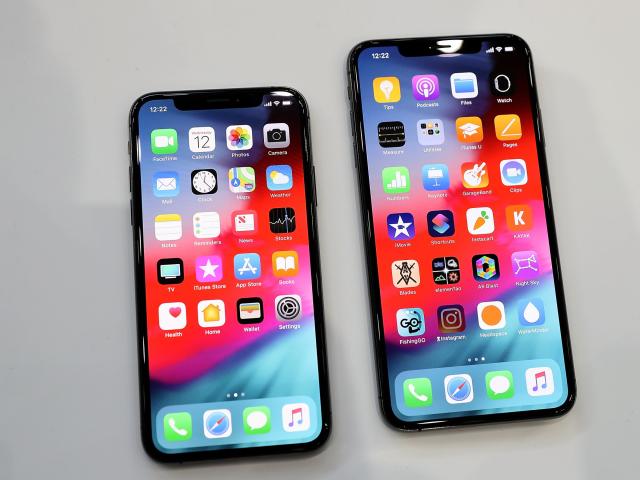
We know that the advanced custom OLED screen on the iPhone X was extremely expensive. According to the reliable Apple analyst Ming-Chi Kuo, Apple paid $120 to $130 per screen unit, about twice as much as it normally pays for screens.
We also know that maintaining high margins, which Apple is increasingly trying to achieve with high prices, is important, as fewer people now upgrade their phone on a regular basis.
Both of these factors might explain Apple's thinking. It makes little sense to jeopardize those high margins only a year after getting OLED screens onto the iPhone for the first time. Why pay $999 for the amazing screen on the iPhone XS or iPhone XS Max when you could effectively buy the same phone for $100 less?
Kuo predicted in January that this would happen. "iPhone X would hurt product brand value & lineup of 2H18 new models if it continues to sell at a lower price after 2H18 new models launch," he wrote in a research note, according to MacRumors.
For any iPhone X owners worried about whether the discontinuation will dent the resale value of their phone, the Forrester analyst Thomas Husson has some reassuring words.
"Apple brand aficionados who want to own the latest device and own the X will be ready to pay anyway to get the XS or XS Max," he told Business Insider via email, adding that for most others "who do not renew their smartphone every year or so, the X is still largely good enough for their needs. I don't think [discontinuation] will impact its resale value."
NOW WATCH: How anesthesia affects your brain and body
See Also:
